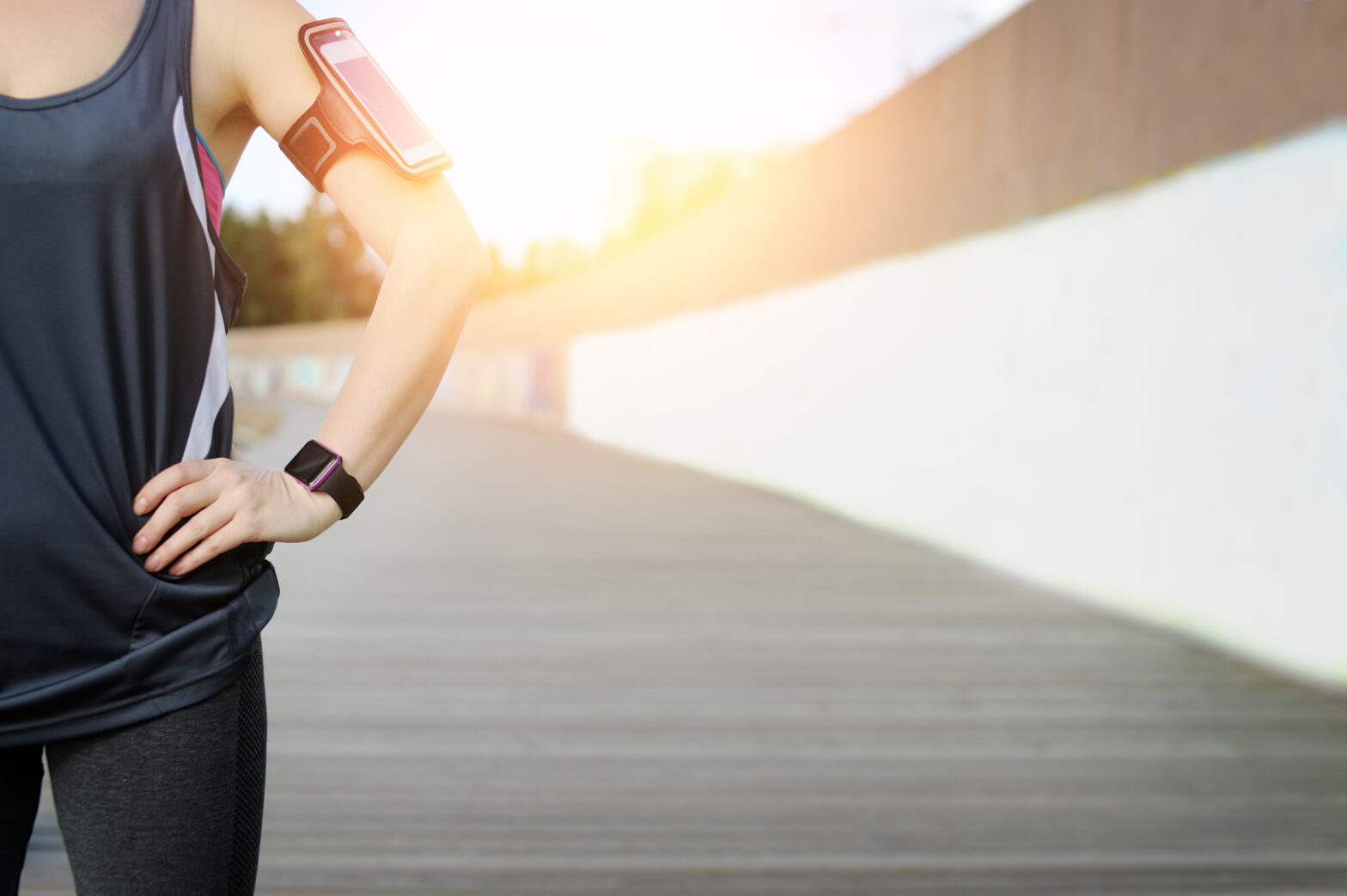When the baby boomer generation was young, Dick Tracy’s radio watch was so futuristic that some people found it radical.
Wearables have come so far since those days. Today, you can have a telephone conversation through your watch, you can track your activity, make a calendar appointment, and even dim the lights.
Before getting too excited about the future of wearables, let’s review where society has been. What started as simple step counters to help encourage more physical activity has grown to include tracking people’s sleep, calorie burn, location, and body temperature, among many other factors.
>See also: Harley Street Clinic using tech to help cancer patients
In almost all cases, these devices are gathering information intended to help us live a healthier lifestyle. By introducing new sensing abilities and combining existing technologies into smaller packages, wearable devices can address the needs of a variety of activities and move the interpretation of the data from the user to the software behind the device.
This new activity-focused real estate makes accessories more useful and intelligent than ever before. Livall’s MT1 bike helmet augments a standard bike helmet with turn signals to warn nearby motorists, a heart rate monitor to track effort level, accelerometers to detect an accident and make emergency calls, and speakers to safely communicate turn by turn directions.
Lumo Lift encourages individual’s to correct bad posture by vibrating when it senses you slouching, changing your behaviour over time.
Equisense is a set of wearables specifically for – wait for it – horses. It can analyse health metrics and onset of potentially dangerous illnesses, or assist in training improvements.
>See also: Making use of emotional, biometric and wearable data
Personal health is just starting to take full advantage of the wearable concept. Devices like TempTraq and Fever Scout link a wireless temperature sensor “sticker” with a phone-based app to allow remote temperature measurements over time – without disturbing the patient.
Omron’s Project Zero wrist blood pressure monitor blends a true medical device (FDA approved) with a smartwatch look. The Motio HW is a wrist wearable that monitors biometric data while people sleep to specifically detect sleep apnea metrics. What other new devices will expand the ability of doctors to gain valuable information directly from their patients’ lives?
In a particularly poignant merging of the wearable real-estate and the connected health issues sit Nike’s famous AirMag shoes. Originally a futuristic concept shoe cameo in 1989’s Back to the Future II, the shoe became reality this year.
Michael J. Fox, the star of the film, has been battling Parkinson’s for several decades and, fortuitously, the original shoe concept is uniquely suited to those with dexterity challenges. Not only does Mr. Fox now have shoes that lace themselves, but sale of that particular wearable raised nearly $7 million for Parkinson’s research.
It is not hard to imagine people with heart issues being able to automatically send data to be analysed, with current health information being passed back to the doctor or the user.
>See also: What digital trends will be seen this year?
For an aging population, outfitting patients with a wearable device that relays events like falling to the appropriate people, without any need for action on the part of the patient, could change the lives of thousands of people.
For patients with diabetes, continuous glucose monitoring and insulin pump technologies are revolutionising the state of modern health, and easing everyday life.
As doctors gain more insights into people’s bodies’ responses, they will be able to predict illnesses or nutritional deficiencies with data before people even feel that first sniffle, allowing them to effectively and efficiently treat individual’s health with a proactive approach.
Wearable devices impact almost every activity we encounter throughout our days. They’re with people during exercise, during rest, from work to the grocery store to the home, and they’re capable of monitoring health in a myriad of different ways.
The natural extension of miniaturisation and ubiquity is as the implementation gets more streamlined, the wearable devices themselves should fade into the background. The implementation will be seamless and more intuitive.
The data will begin to overlap and hopefully, that constellation of individual data points will blend together and become a holistic picture of your life and health. This is where today’s challenges lie for Mechanical Engineers in the wearable development space.
Some day, data on pulse oxygen level, temperature, heart rate, sleep patterns, will be able to be merged together to provide unique insights into your health.
>See also: Mobility predictions for 2017
The current state of people’s health and the potential for improvements will be more clear. As the data analysis and synthesis tools evolve, the supporting technology must evolve to meet them.
Mechanical engineers will work in ever more complex teams with soft goods designers, electrical engineers, biostatisticians, optical engineers, biomedical engineers, and more.
Frontiers will be crossed with regards to electronic integration into textiles, non-invasive continuous monitoring, and human-centred interaction design.
The challenges involved with today’s wearables – thermal management, power management, and size reduction – will be dwarfed by the challenges in optics development, bio-compatible design, and energy harvesting needed by these new devices.
Sourced by Martine Stillman, mechanical program lead and Steve Aykens, mechanical engineer tech lead at Synapse Product Development










